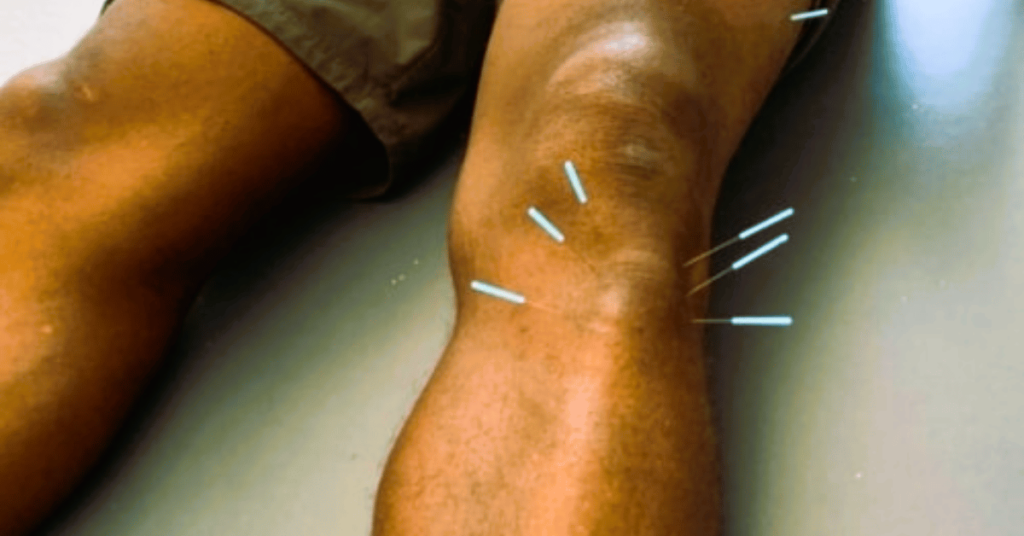As a Physical Therapist (PT), the array of techniques available for patient treatment is vast, ranging from soft tissue mobilization exercises to joint mobilization maneuvers, all aimed at enhancing rehabilitation and healing processes.
One emerging technique gaining traction among PTs is dry needling. However, there are critical aspects to comprehend before integrating it into your practice.
Understanding Dry Needling
Dry needling is an invasive procedure involving the insertion of acupuncture needles into specific myofascial trigger points within the skin and muscle. It can be superficial (penetrating 5-10 mm) or deep tissue, also known as trigger-point dry needling.

This technique operates on a dual mechanism: Firstly, needle insertion prompts a local twitch response, involuntarily contracting taut muscle fibers, leading to analgesia and improved function. Secondly, the needle induces a minor lesion, stimulating the body’s healing response in the affected area.
Conditions Amenable to Dry Needling
Research indicates the efficacy of dry needling in addressing various physical ailments. A 2017 systematic review and meta-analysis in the Journal of Orthopaedic and Sports Physical Therapy demonstrated its potential to alleviate musculoskeletal pain by reducing pain levels and increasing pressure pain thresholds.
Specifically, studies on shoulder pain, particularly in older adults, have shown significant improvements in pressure pain thresholds and pain intensity following dry needling sessions.
Furthermore, evidence suggests beneficial outcomes in managing headaches. A study published in The Journal of the Canadian Chiropractic Association documented substantial improvement in neck pain and headaches after four dry needling sessions over two weeks. Using the Graston technique in physiotherapy, read more in our article.
Risks Associated with Dry Needling
While dry needling presents benefits, it is not without risks. Research highlights potential adverse effects such as post-needling soreness, hemorrhages, syncopal responses, acute cervical epidural hematoma, and damage to the central nervous system.

Moreover, rare but severe complications like pneumothorax and bacterial skin infections have been reported, underscoring the importance of stringent safety measures, including the use of one-time needles, latex gloves, and thorough handwashing.
Considerations for Practice
Before incorporating dry needling into your practice, it is imperative to understand its legal status in your jurisdiction. State-level physical therapy boards often impose restrictions on its use, necessitating clarity on permissible practices and definitions of dry needling.
You can read more about this topic on the Wikipedia page.
Consulting your state board will elucidate the extent to which dry needling is permissible within your scope of practice, ensuring compliance with regulatory standards and patient safety protocols.
In conclusion, while dry needling offers promising therapeutic benefits, PTs must navigate legal frameworks and safety considerations to effectively integrate this technique into patient care.




